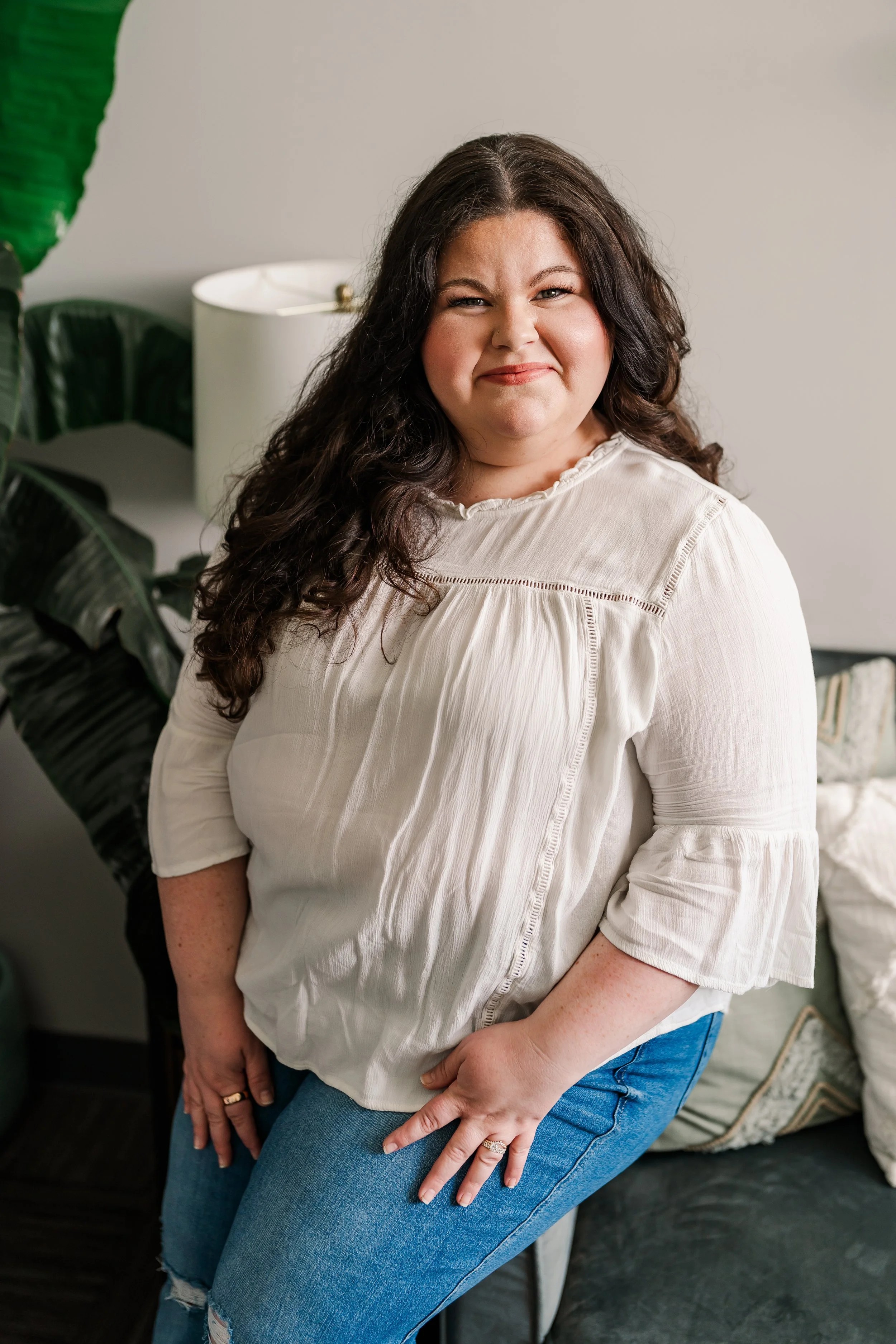How to Recognize Burnout and Recover From It
Burnout has become a quiet epidemic—especially among women who hold everything together for everyone else. Whether you’re running a business, a household, a medical floor, or all three, constantly showing up for others can leave you depleted and detached from yourself.
For many high-achieving women, burnout doesn’t announce itself dramatically. It creeps in slowly—through exhaustion, irritability, or the sense that no matter how hard you try, it’s never enough. If that sounds familiar, you’re far from alone. Recognizing and tending to burnout early is the key to healing before it becomes something that steals your joy.
Recognizing the Signs of Burnout
The signs of burnout can show up in your body, emotions, and behavior. It’s more than just being tired—it’s a deep depletion of energy, motivation, and meaning.
Physical signs:
Constant fatigue, even after rest
Headaches, muscle tension, or stomach issues
Changes in sleep or appetite
Emotional signs:
Irritability or emotional numbness
Feeling detached, cynical, or hopeless
Anxiety that feels louder, or sadness that feels heavier
Behavioral signs:
Procrastination or loss of focus
Overworking to “catch up,” but never feeling caught up
Withdrawing from people or things you normally enjoy
If you’re nodding along, it’s not a personal failure—it’s your mind and body signaling that something needs care and recalibration.
Why Ignoring Burnout Makes It Worse
When burnout goes unchecked, the body and brain remain in a constant state of stress. Over time, that can lead to chronic fatigue, emotional shutdown, or even physical illness. You might start feeling resentful toward things you used to love, or question whether you’re cut out for the life you’ve built.
Ignoring burnout doesn’t make it go away—it pushes it deeper. The longer it goes unaddressed, the harder it becomes to recover your motivation, creativity, and self-trust. But the good news is that burnout is reversible. With support, you can rebuild balance, purpose, and peace.
How Therapy Helps With Burnout Recovery
Therapy for burnout isn’t about adding one more thing to your to-do list—it’s about creating space for you to pause and breathe again.
In therapy, you’ll work collaboratively to:
Identify the root causes of your burnout, not just the surface stressors.
Learn to set boundaries that protect your time and emotional energy.
Reconnect with your values and redefine success on your own terms.
Practice nervous system regulation and self-compassion so your body can finally exhale.
As a therapist, my role is to help you slow down enough to hear what your mind and body have been trying to tell you. Together, we’ll use trauma-informed tools—such as mindfulness, somatic work, and cognitive strategies—to restore balance and resilience. Burnout recovery is not just about rest; it’s about remembering yourself.
Schedule a Consultation for Burnout Recovery
You don’t have to wait until you hit a breaking point to get help. Addressing burnout early is an act of strength, not failure.
If you’re ready to explore how therapy for burnout can help you find clarity, rest, and renewal, schedule a consultation today. Let’s create a plan that helps you recover your energy—and your peace.
Jacqueline Campbell, MS, LMFT
Jacqueline Campbell is a Licensed Marriage & Family Therapist with a decade of experience supporting clients in the Chattanooga, TN area. She specializes in childhood trauma, relationship trauma, religious trauma, neurodivergence, and anxiety and uses evidence-based approaches like Accelerated Resolution Therapy, Brainspotting, and Neurofeedback to help clients heal the lingering trauma, resolve anxiety, recover from burnout, and find balance, fulfillment, and authenticity in their life and relationships. At Wild Oaks Counseling, she is committed to providing compassionate, expert care both in-person and online for clients across Tennessee, Colorado, and Florida.



